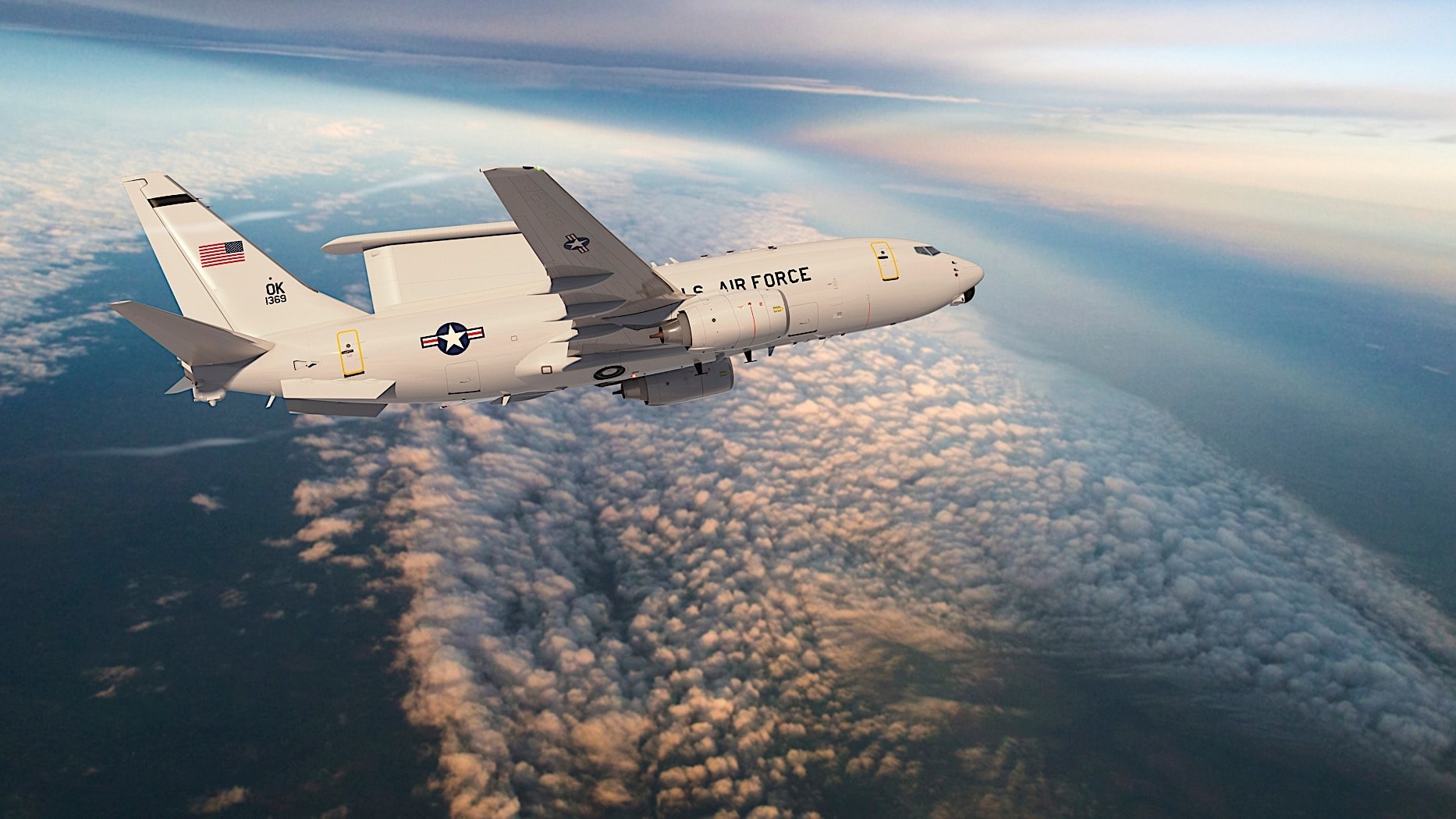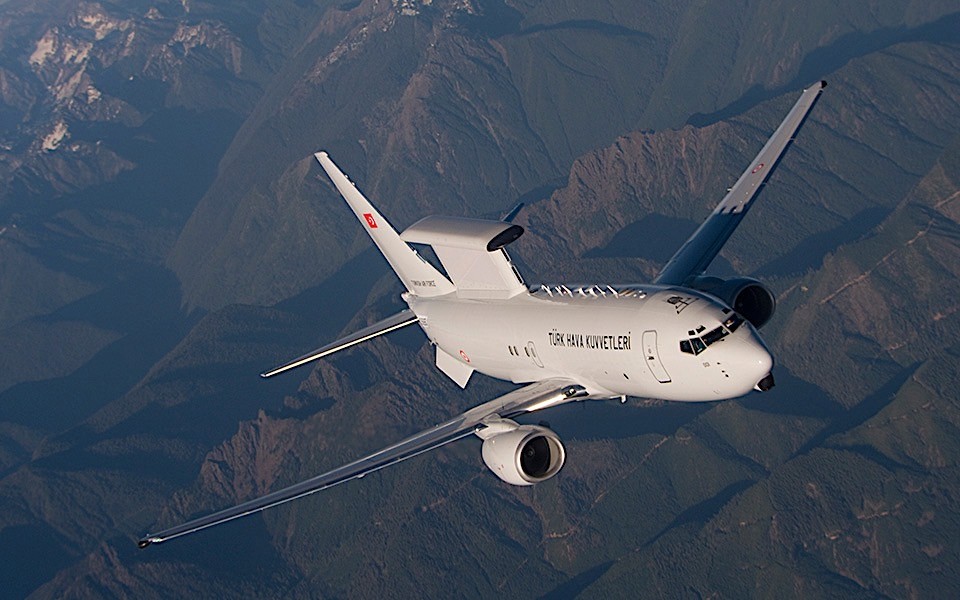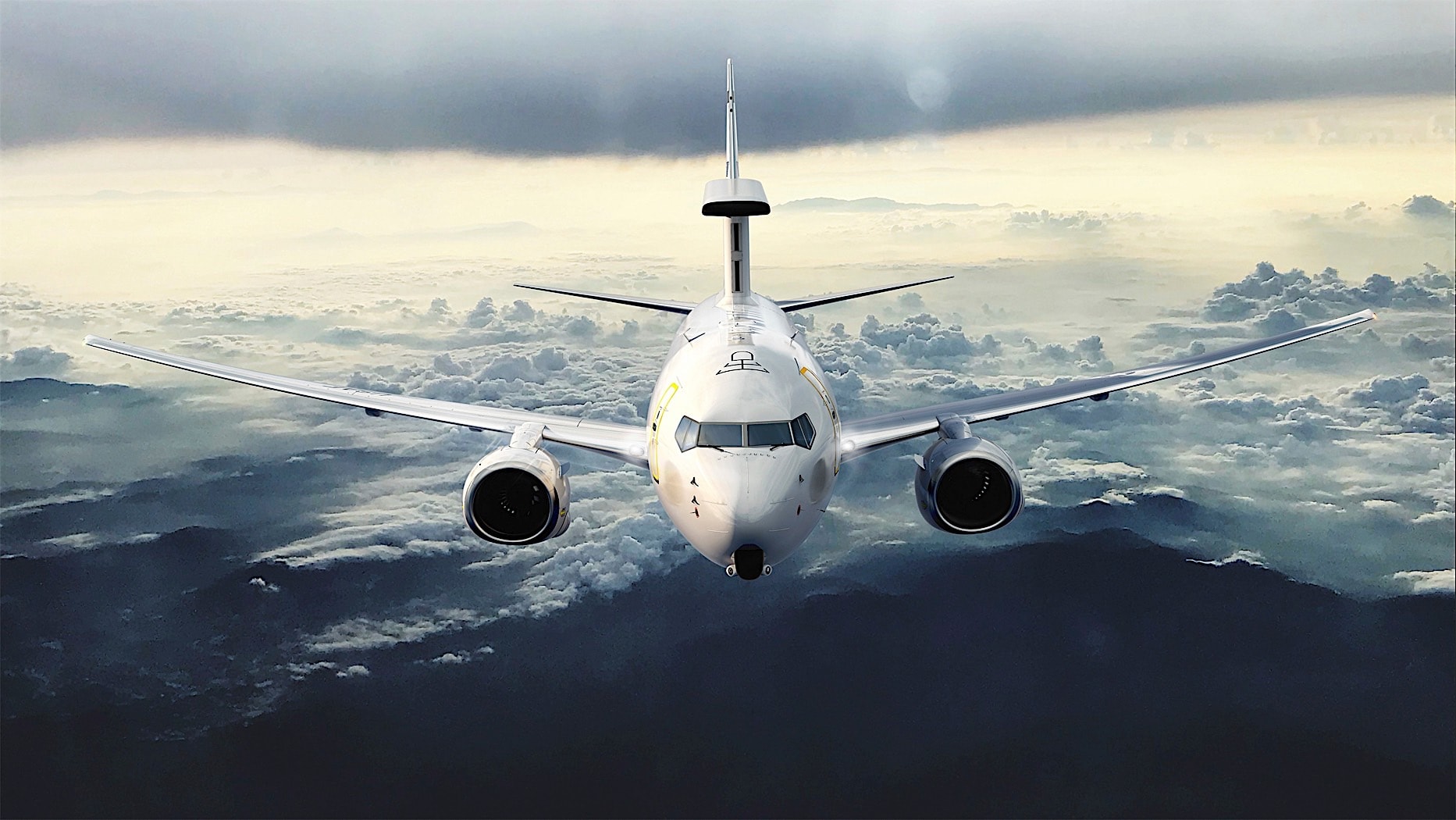The U.S. Air Force’s decision to adopt the Boeing E-7A Wedgetail marks a pivotal moment in its airborne command and control strategy. This advanced platform, having demonstrated its operational excellence with allied air forces in Australia, Turkey, and South Korea, offers a substantial upgrade over the aging E-3 Sentry.
Built upon the proven 737-700 airframe, the Wedgetail’s cutting-edge sensor suite and battle management capabilities provide an unprecedented level of situational awareness. This translates to quicker target detection, tracking, and engagement, a critical advantage in modern warfare.

By fusing data from various sources and delivering real-time insights to decision-makers, the Wedgetail is poised to revolutionize how the U.S. military operates, ensuring air superiority and mission accomplishment in the face of rising threats. A quantum leap in aerial surveillance technology is exemplified by the design of this new aircraft.
In stark contrast to its predecessor, the Sentry, which relied on a bulky, rotating radar dish, this advanced platform integrates its radar system within a sleek, wedge-shaped fairing that harmoniously aligns with the fuselage. This innovative architecture accommodates the formidable Multi-Role Electronically Scanned Array (MESA) sensor, engineered by Northrop Grumman.
Positioned at a lofty 40,000 feet, the MESA sensor commands an unparalleled 360-degree view spanning a staggering 340,000 square miles. In a mere ten seconds, this extraordinary system can meticulously scan an area equivalent to the vast expanse of Venezuela, with an acuity capable of detecting even diminutive targets such as low-flying missiles and fighter aircraft.

The MESA sensor’s prowess is further underscored by its ability to simultaneously track up to 200 objects of interest. After years of anticipation, the U.S. Air Force has taken a decisive step forward by awarding Boeing a substantial $2.56 billion contract to rapidly develop two prototype aircraft.
This substantial investment not only encompasses the acquisition of the aircraft but also extends to critical lifecycle development, comprehensive training programs, and the establishment of a robust support infrastructure to sustain the future fleet.

